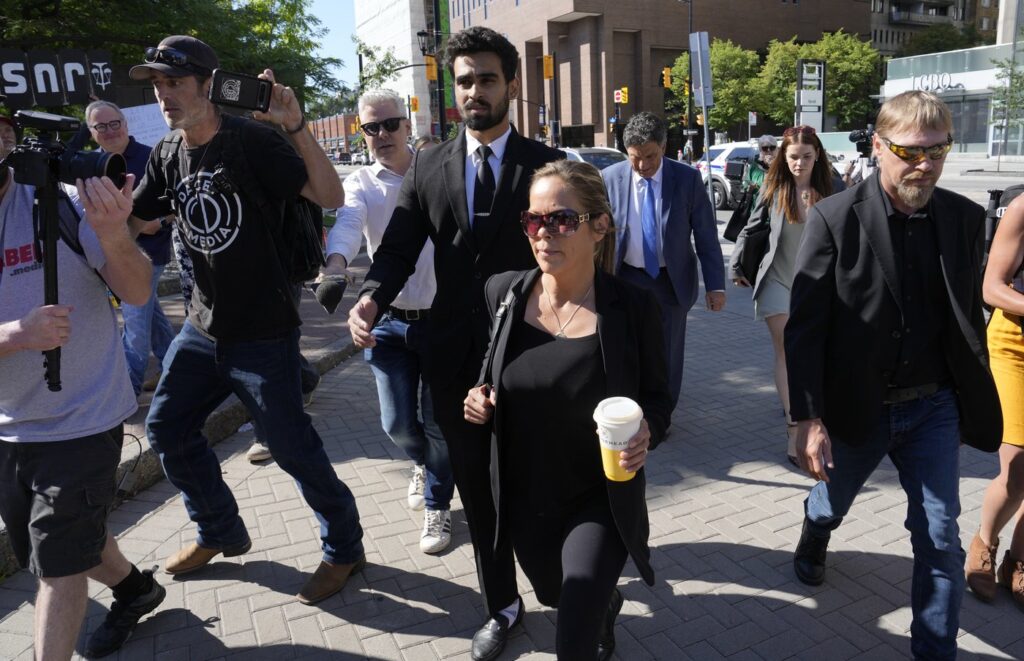
Introduction
The Freedom Convoy protests in early 2022 sparked significant controversy and debate across Canada. As the country continues to grapple with the legal repercussions of these protests, recent sentencing outcomes have revealed both the complexities of the judicial process and the broader implications for civil liberties and public order. This article examines the latest developments in the sentencing phase for participants of the Freedom Convoy, a key moment in Canada’s recent history that has raised pressing questions about freedom of expression, law enforcement, and societal norms.
Background of the Freedom Convoy
The Freedom Convoy began as a movement opposing COVID-19 vaccine mandates and related restrictions. Beginning in late January 2022, thousands of truckers and supporters converged on Ottawa, leading to a prolonged occupation that garnered international attention. Protesters claimed to be advocating for personal freedoms, while detractors accused them of disrupting public life and causing significant economic and social disturbances.
Recent Court Rulings
As of October 2023, several individuals involved in organizing and participating in the convoy have faced legal action. In recent weeks, a provincial court has handed down sentences to key figures involved in the protests, including fines and community service requirements. The judiciary emphasized the need to uphold public order and respect lawful assembly, reflecting the balancing act that courts must perform between protecting rights and maintaining social stability.
Public Reaction
These rulings have sparked mixed reactions among the Canadian public. Supporters of the convoy view the sentences as unjust punishments for exercising their rights, while opponents argue that the sentences are necessary to reinforce the rule of law. Many legal experts suggest that these cases will likely set important precedents for how future protests are managed and adjudicated. The concept of proportionality in sentencing is at the forefront of these discussions, prompting debates about the appropriate legal responses to civil disobedience.
Conclusion
The Freedom Convoy sentencing cases serve as a significant touchpoint in Canada’s ongoing dialogue about freedom, law, and public safety. As more cases are heard and additional legal frameworks are considered, observers suggest that this could influence the evolution of protest rights in Canada. Looking ahead, stakeholders from all sides will need to navigate these complex issues, striking a balance between safeguarding freedoms and ensuring public order in a diverse society. The implications of these court decisions will resonate not only in current judicial practices but also in shaping the future landscape of civil liberties in Canada.



